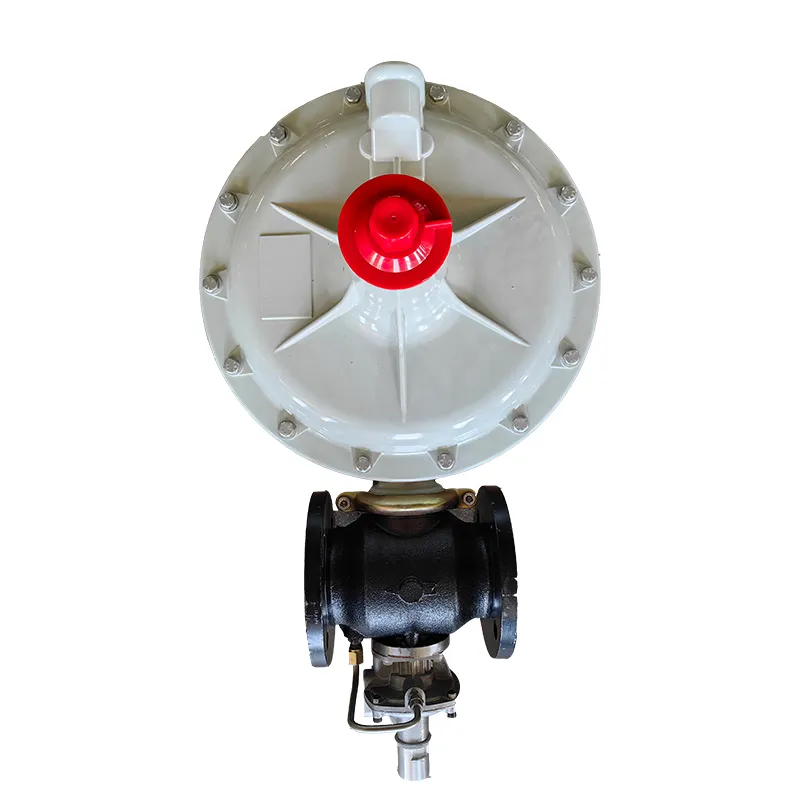
Sep . 15, 2024 04:49
Back to list
gas safety relief valve
Gas Safety Relief Valve An Essential Component for Safety and Efficiency
Gas safety relief valves play a critical role in various industrial applications, ensuring the safe handling of gases under pressure. These valves are designed to release excess pressure from gas systems, preventing potential accidents, explosions, or equipment damage. In this article, we will explore the importance, functionality, and maintenance of gas safety relief valves.
The primary function of a gas safety relief valve is to protect pressure vessels, pipelines, and other containment systems from overpressure situations. When a system experiences a rise in pressure beyond its designated limits, the relief valve automatically activates to release excess gas. This action helps maintain the pressure within safe parameters, ultimately safeguarding both personnel and equipment.
Gas safety relief valves come in various designs and configurations, including spring-loaded, pilot-operated, and balanced bellows types. Spring-loaded valves are the most common, relying on a spring mechanism to hold the valve closed until a pre-defined pressure setpoint is reached. At that point, the spring compresses, allowing gas to escape and reducing the pressure within the system. Pilot-operated valves, on the other hand, utilize a small pilot valve to control the larger main valve, offering enhanced sensitivity and control for high-pressure applications.
gas safety relief valve

Ensuring the reliability of gas safety relief valves is crucial for maintaining operational safety. Regular maintenance and inspection are essential to identify potential issues such as corrosion, wear, or malfunction. It is recommended to follow a routine maintenance schedule, including cleaning, testing, and recalibrating the valves as necessary. Additionally, operators should be aware of the valve’s set pressure and ensure it aligns with the system’s operational parameters.
The proper selection of a gas safety relief valve is equally important. Factors such as the type of gas, operating pressure, temperature, and flow requirements all influence the choice of valve. A well-selected relief valve guarantees that the system will perform safely and effectively, minimizing the risk of overpressure incidents.
In conclusion, gas safety relief valves are indispensable components in the safe operation of gas systems. Their ability to regulate pressure, coupled with proper maintenance and selection, ensures the safety of personnel and equipment alike. As industries continue to rely on gas for various applications, understanding the significance of these valves becomes paramount in promoting a culture of safety and efficiency. Investing in reliable gas safety relief valves and implementing thorough inspection protocols will undoubtedly contribute to safer operational environments across various sectors.
Next:
Latest news
-
Safety Valve Spring-Loaded Design Overpressure ProtectionNewsJul.25,2025
-
Precision Voltage Regulator AC5 Accuracy Grade PerformanceNewsJul.25,2025
-
Natural Gas Pressure Regulating Skid Industrial Pipeline ApplicationsNewsJul.25,2025
-
Natural Gas Filter Stainless Steel Mesh Element DesignNewsJul.25,2025
-
Gas Pressure Regulator Valve Direct-Acting Spring-Loaded DesignNewsJul.25,2025
-
Decompression Equipment Multi-Stage Heat Exchange System DesignNewsJul.25,2025

